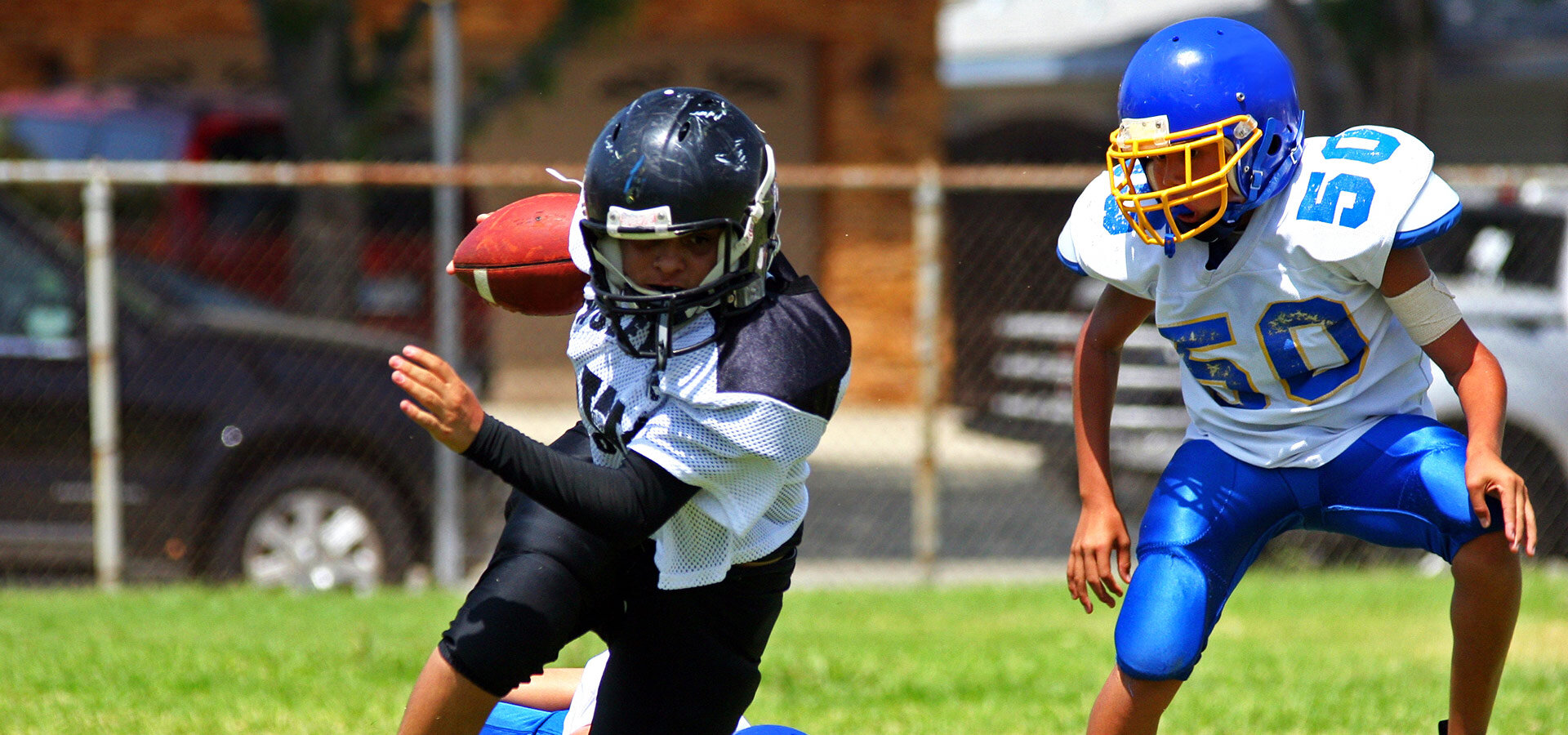New Guidelines for Evaluation & Treatment of Concussions
Concussions have been an active topic of discussion among medical providers, coaches, parents and athletes for several years – and for good reason. Over 1 million student and adult athletes suffer from concussions each year. Left untreated, this mild form of traumatic brain injury (TBI) can lead to permanent cognitive damage, and in some cases, death.
Signs and symptoms of a concussion can appear immediately after the incident or manifest several minutes or hours later.
What’s a Concussion?
The term, “cerebral concussion” is generally used to describe situations where the athlete’s head, either moving or not moving, suffers impulsive force (generally in the form of a blow to the head or elsewhere on the body) that jars the brain within the athlete’s cranium. This jarring of the brain can cause immediate and short-lived impairments of neurologic functions including, but not limited to:
A feeling of sluggishness and/or fatigue
Loss of consciousness
Blurred vision
Difficulty concentrating and/or remembering
Dizziness and/or balance problems
Headaches
Nausea and/or vomiting
Sensitivity to light and noise
Trouble sleeping
Signs and symptoms of a concussion can appear immediately after the incident or manifest several minutes or hours later.
How Are Concussions Treated?
Treatments for concussions vary considerably based on the severity of the head injury and the individual. There is no “one size fits all” approach to determining how best to treat a patient, and the length of duration for that treatment. Common treatments often include frequent monitoring of the athlete’s symptoms by medical professionals and caregivers, rest, avoidance of strenuous brain and physical activities, and avoidance of certain medications such as aspirin, anti-inflammatories, acetaminophen (or only sparing use of these drugs), alcohol and narcotics. In some cases, neuropsychological testing and hospitalization may be required. In all cases, the athlete must be removed from play until a medical professional has determined the brain injury has healed sufficiently.
Evidence suggests young brains may be more vulnerable to trauma.
Risks for Recurring Concussions and Younger Athletes
While concussions are serious for all individuals, it is recommended that school-aged athletes be managed more conservatively than adult athletes. The reason for this is that evidence suggests young brains may be more vulnerable to trauma, and as a result, those athletes may take longer than older athletes to recover. Similarly, those who have suffered concussions in the past, are more likely to suffer repeat concussions, and like younger athletes, may require a longer recovery time prior to resuming play.
New Guidelines
In March of this year, the American Academy of Neurology published new guidelines for recognizing and treating concussions:
According to an article published by the University of California Los Angeles, guidelines from the study are as follows:
Suffering one or more concussions increases an athlete’s risk for being diagnosed with another concussion
Athletes are at the greatest risk of being diagnosed with another concussion in the first 10 days after a brain injury
Of the sports evaluated in the studies, the risk of male concussion is greatest in football and rugby, followed by hockey and soccer. The risk of concussion for young women and girls is greatest in soccer and basketball
No clear evidence suggests that one type of football helmet offers the best protection against concussion. Helmets should fit properly and be well maintained
Licensed health professionals trained in treating concussions should examine the athlete for ongoing symptoms (especially headache and fogginess), a history of concussions and younger age. Each factor has been linked to a longer recovery time
Risk factors associated with chronic neurobehavioral impairment in professional athletes include prior concussion, longer exposure to the sport and carrying the ApoE4 gene
Concussion is a clinical diagnosis. Symptom checklists, the Standardized Assessment of Concussion, neuropsychological testing (paper-and-pencil and computerized) and the Balance Error Scoring System may be helpful in diagnosing and managing concussions but should not be used alone for making a diagnosis
When in Doubt, Sit it Out
Although research about concussions has come a long way in the past 20 years, it is by no means conclusive about how concussions should be defined, diagnosed and treated. While evaluation and treatment of a concussion is best handled by a qualified medical professional, coaches, parents, and peers all have an important role to play in the patient’s successful recovery. In cases where a medical professional is not immediately available to diagnose a concussion, coaches, and parents, should remove an athlete from play until that athlete can be evaluated and, in cases of a positive diagnosis, treated – even if the athlete objects. The risks of not doing so, are simply too great.
Additional Resources
For further reading about concussions, their risks, evaluation and treatment, please check out the following websites:




